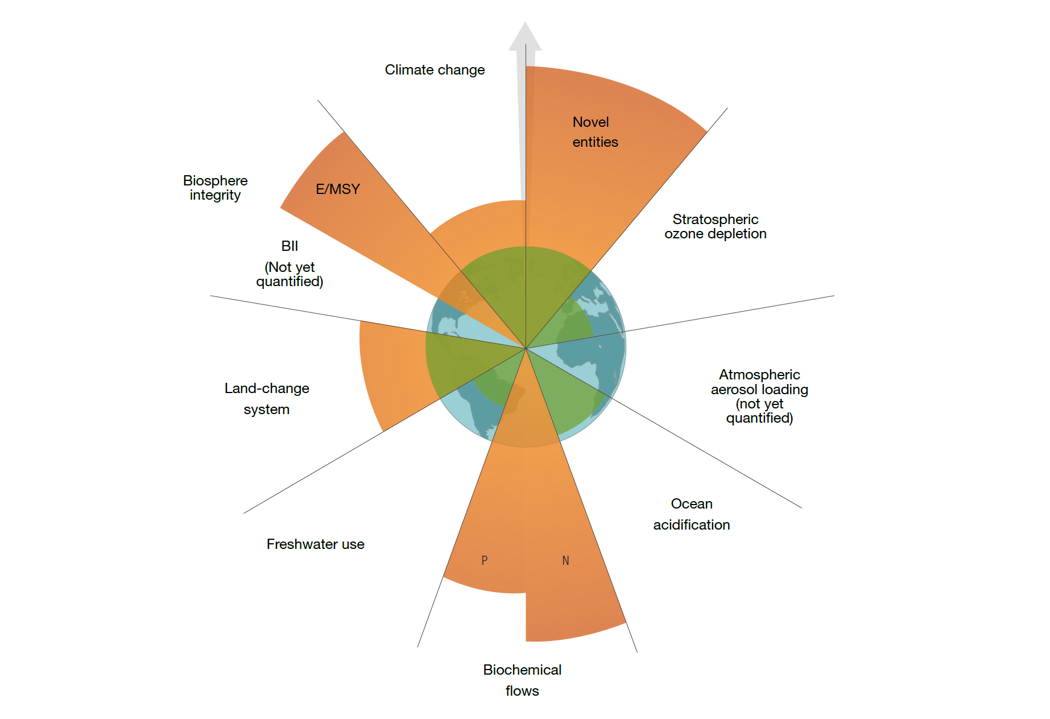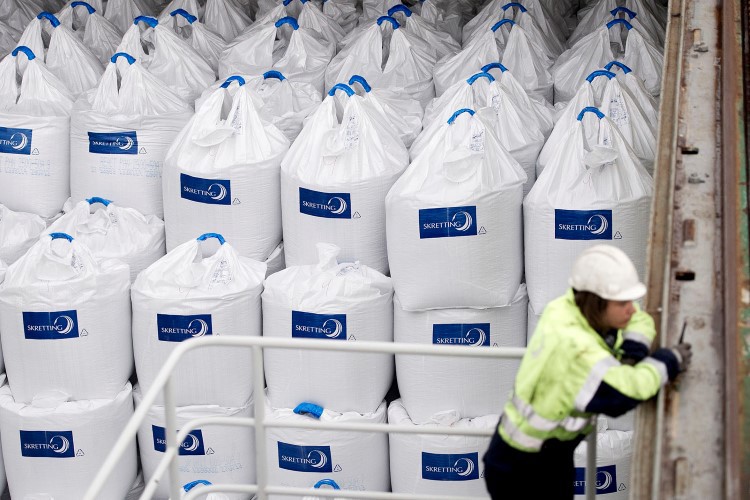Life Cycle Assessment - the most comprehensive method to quantify the environmental impacts of raw materials, products and organisations
As one commitment by Nutreco’s Roadmap 2025, Skretting stepped up in developing and implementing Life Cycle Assessment (LCA) based metrics. The internationally standardised method LCA is acknowledged and increasingly applied as the most comprehensive and robust environmental accounting method to assess the environmental footprint of products or organisations.

There are two core principles underlying an LCA:
- The Life Cycle Thinking principle.
- The multi-impact approach.
Life Cycle Thinking means that all stages of a product life cycle are considered in the assessment, ie not only direct emissions or resource extraction happening on site, but also indirect environmental impacts further upstream or downstream one’s own gates.
In many cases, the highest environmental impacts of a product are linked to its raw materials or its use phase and thus are occurring upstream or downstream the production gates. Not considering them would thus underestimate the real footprint but also would not allow to see if the implementation of impact reduction strategies, for example by the producers, would actually reduce the total footprint of the product, or if the burden is only shifted towards other life cycle stages.
The second principle, multi-impact approach, means to quantify all relevant potential environmental impacts caused by a study object. Nowadays the focus is on climate impacts as an urgent environmental problem to solve. However, there are also other environmental impacts that can be quantified with the LCA method, such as a water footprint or the eutrophication potential (ie the over-fertilisation of aquatic or terrestrial systems).
Besides climate change especially eutrophication, the loss of biodiversity or land transformation are urgent environmental topics to address too, as we are already overshooting these boundaries on a global scale which increases the “risk of large-scale abrupt or irreversible environmental changes” (SRI, 2022). This enables to address potential burden shifts which can easily be overseen when only focusing on for example the carbon footprint.
At Skretting we acknowledge these planetary boundaries. Carbon footprinting is the main, also politically most urgent topic over the coming years and thus, we’re also focusing on this impact category. Still, we are trying to consider also other environmental impacts when thinking of carbon reduction strategies. The implementation of LCA-based metrics into our systems helps us on this learning journey.

General progress in implementing LCA metrics in Skretting
In 2021, we finalised a Nutreco wide footprint database which maps all our purchased ingredients with LCA metrics, mostly derived from quality approved databases. We found it very important to have such a consistent source of footprint information specified to our ingredients and aligned across all Nutreco. This gives a quality assurance and guarantees that we are calculating footprints consistently.
The database has been developed by internal LCA experts together with external consultants and is managed centrally by LCA professionals to keep it updated according to the latest developments. The selection of data closely followed the requirements of the European Product Environmental Footprint (PEF) standard, specifically the PEF Category Rules Feed for Food Producing Animals (2018). Related to this, the Global Feed Life Cycle Initiative (GFLI) database, which is the most comprehensive and accepted LCA database for feed ingredients, is the main source of data. Remaining data gaps are filled with data derived from other quality assured LCA databases, such as Ecoinvent or Agri-footprint.
In addition, we also implemented the footprint data into our formulation systems which helps us:
- Calculate feed footprints automatically.
- Understand how different formulation choices impact this footprint on product level.
- Actively formulate products to a lower footprint and determine the resulting impact on ingredient composition and price.
Overall, this solution helps us tremendously to eco-design our feed in future.
The key challenges we are currently facing and going to address throughout 2022 and in the future is that information on sourcing countries is currently not automatically tracked in our procurement system.
Especially for vegetable ingredients, the footprints may be significantly different depending on the regions they are sourced from. Hence, implementing this information into the procurement systems will increase the accuracy of the footprint dashboard greatly as it will allow us to calculate with countryor region-specific LCA metrics, which we already have available for many ingredients in our internal database. Another challenge is the dependency on mostly secondary data, as quality-assured primary data from producers is still rare (see next section on how we are planning to address this).
This shows that accurate footprint values can be limited by either (LCA) data availability and quality on the one side, but also by supply chain transparency and information on the other. Implementing LCA has already helped us to improve both.
Identifying and understanding the footprint hotspots of our procurement worldwide is a core requirement to develop applicable reduction strategies on the way to reach our science based targets until 2030.


Next
The footprint of our products over their life cycle
We decided to implement the LCA method to quantify in a robust and standardised way the environmental impacts of our products and organisation. Following the life cycle thinking principle, we also account for the emissions upstream and downstream our own gates.
